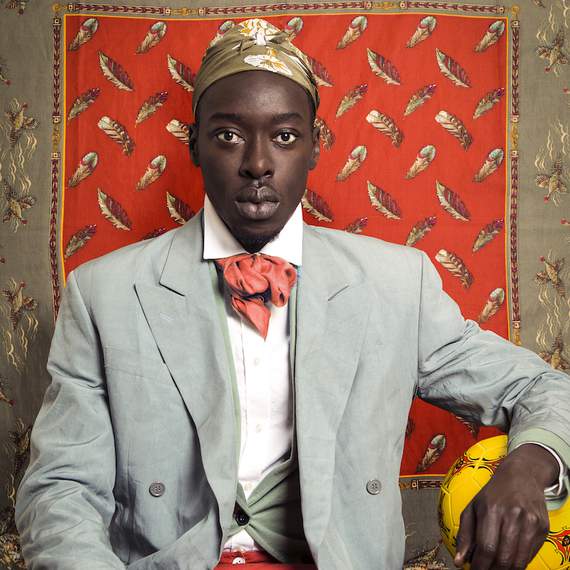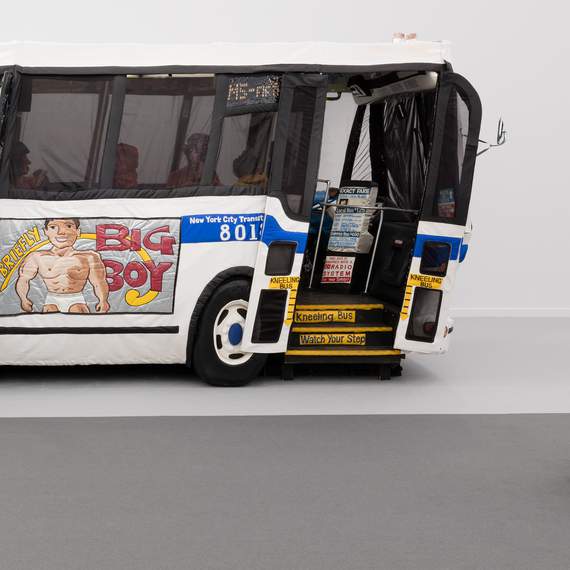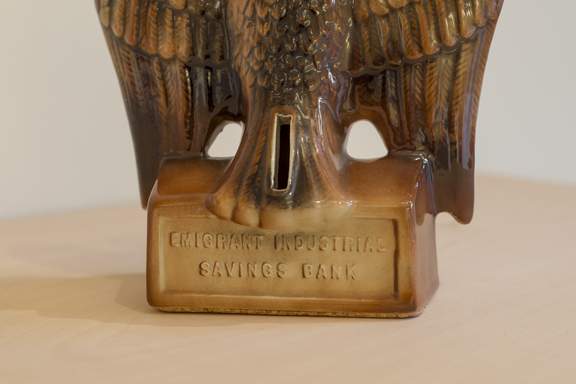In the collection: Money Jar of Irish emigrant
In the collection: Money Jar of Irish emigrant
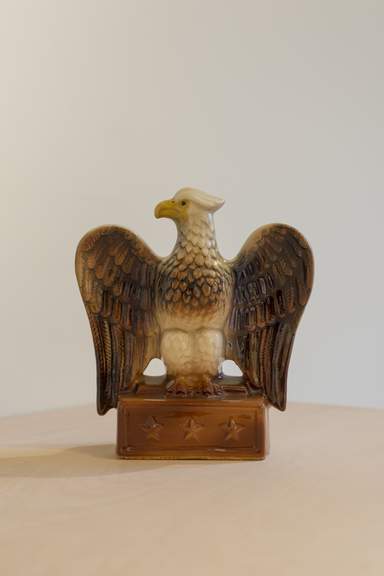
In the nineteenth century, the crossing from Ireland to the United States cost a fortune. Many migrants had no money to pay for it. That is why family members or friends who had already made the journey often saved up for their loved ones, so that they could make the crossing as well.
In total, about 4.5 million Irish people left for the US between 1820 and 1920. Most of them left in the years after 1846, when a major food shortage plagued Ireland. Without the help of fellow countrypeople who paid for the journey, many Irish people would not have been able to make the crossing.
In the United States, banks were even set up to help savers transfer money to their home countries, to make the journey possible for those left behind. The first of these banks was established in 1850 by Irish immigrants under the name Emigrant Industrial Savings Bank.
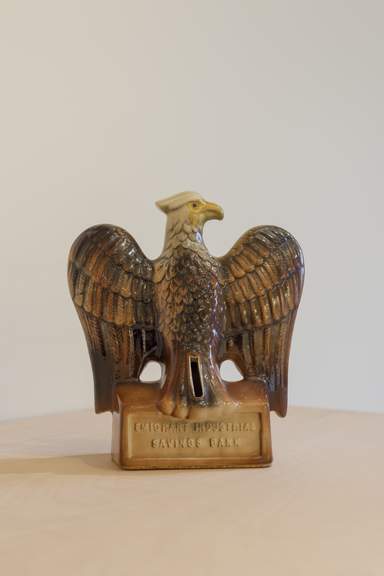
New savers received a money jar as a gift from the bank. The FENIX collection includes one of these savings jars. The jar is made of porcelain and is shaped like a bald eagle, the symbol of the United States. On the base it says ‘Emigrant Industrial Savings Bank’, and on the back of the bird there is a slot to put the savings money in.
FENIX 2025
After the opening, in FENIX you will find contemporary art, photography and historical objects. The collection tells stories about the movement of people around the world. Stories from yesterday, today and tomorrow.
